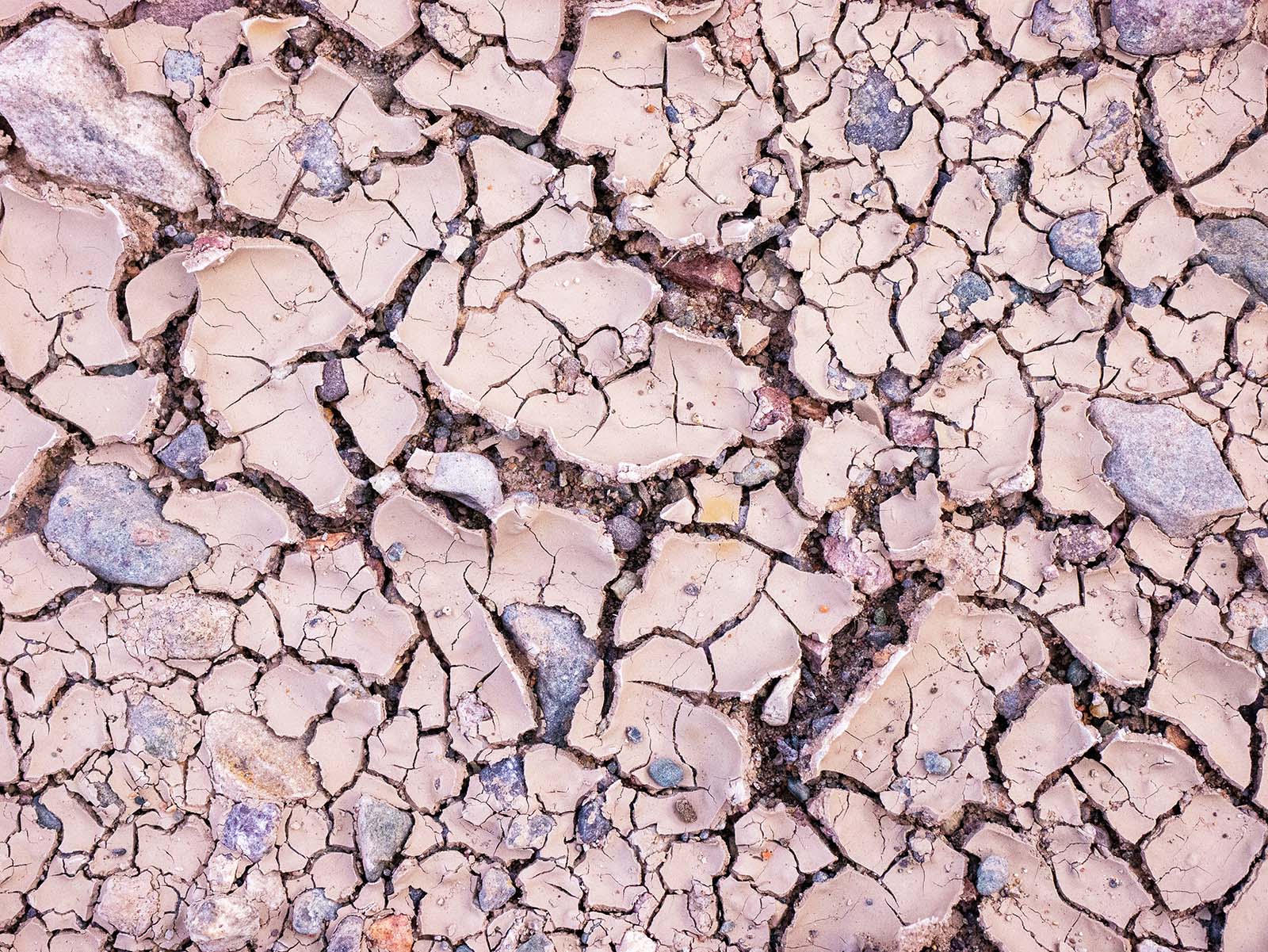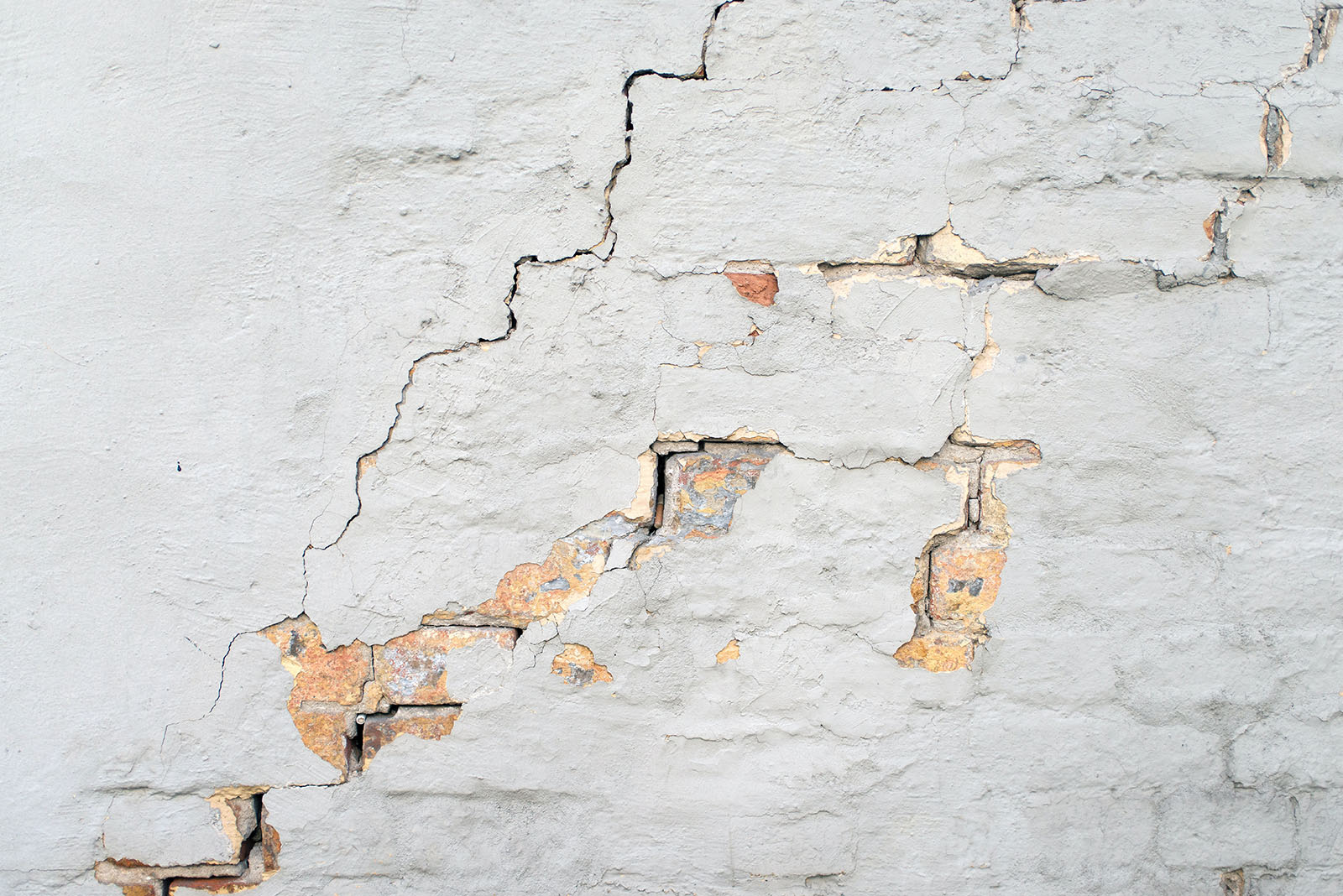Editor’s note: Changes and additions were made to the story to better clarify the drought conditions in southwest Missouri.
Droughts are becoming more extreme, and business is booming. For foundation repair companies, that is.
However, as irregular weather patterns take their toll on the landscape, homeowners must pay the price to keep their homes upright — a problem that's worsening here in Springfield.
But as climate change wears on, Springfield is suffering from dramatic weather pattern changes that are wreaking havoc on the ground. As droughts persist and rain patterns become irregular, foundation repair has become more lucrative in Missouri and Springfield.
Colton Tremain, a manager at Foundation Recovery Systems, a Midwest-based foundation repair company with a location in Springfield, said business is booming.
“When I first started with Foundation Recovery Systems, we were maybe that $8 to $10 million company,” said Tremain, who began at the company about 8 years ago. “At the end of this year, we’re probably going to push right over $100 million.”

Droughts are, of course, nothing new, but their intensity is increasing.
“From 1998 to 2017, droughts triggered global economic losses of roughly $124 billion — a number and duration of which have risen 29 percent since 2000,” a news release from the United Nations said in May of this year.
While Missouri, and particularly Greene County’s drought risks may be a far cry from other parts of the world or other regions of the U.S., the Mississippi River Basin is facing its own unique set of challenges.
In the past, periods of drought and rainfall have been somewhat predictable, but they are becoming more of a moving target due to climate change. For homeowners, the varying shifts in extreme drought conditions to wet conditions can lead to damage to structural foundations.
While Southwest Missouri is not currently in a “long-term” drought, the shorter term dry periods are more severe, according to Roddy Rogers, executive director of the Tri-State Water Resource Coalition. The Coalition is a nonprofit with a mission to secure long-term, sustainable water supplies for 16 counties in southwest Missouri.
“We've been seeing more short-term droughts, and then short-term, heavy rainfall,” Rogers said. “The swings in the extremes are more frequent, but they're also more extreme.”
It is not droughts alone that cause foundation problems, but the shift between them and heavy rainfall that result in soil movement and, consequently, foundation damage, said Jae Wells, the president of the National Foundation Repair Association (NFRA).
Regional experts weigh in on climate change's impact on home foundations
Wells, who is also the owner of American Standard Foundation Repair, said that, as it relates to climate change, another significant factor in the shifting of structural foundations is soil type.
For example, soil with lots of rock and sand is less affected by the freezing and thawing of moisture in the ground, while organic soils tend to experience more movement.
“When soil is wet, it can expand up to twice its size,” Wells said. “When the water is absent, the soil regresses to its original state. What affects [foundations] most is the type of soil that underlies the structure.”
While areas along the Mississippi and Missouri River tend to have a moderately sandy loam soil known as Menfro, the topography and soil change the further you are from the state’s two major rivers.
The freezing and thawing of the moisture within soils are normal, and most well-designed structures should be able to withstand that, but climate change is causing these patterns to become less and less formulaic.
“Our company is seventeen years old, and when we started, the weather patterns were very predictable,” Wells said. “And now, those very predictable patterns are just not present. In the last five to six years, you just see that those [patterns] have become very sporadic…Droughts that used to be moderate are now very severe.”

As droughts become more extreme, cracks in the soil grow deeper and deeper, which allows excessive rainfalls to penetrate well below foundations.
“We can directly show that climate change is going to increase the number of foundations damaged by that method alone,” Wells said.
Much of Springfield is currently in moderate drought, or “D1 drought” according to a designation determined by the U.S. Drought Monitor at the National Drought Mitigation Center — a partnership between the University of Nebraska-Lincoln, the U.S. Department of Commerce, the U.S. Department of Agriculture (USDA) and the National Oceanic and Atmospheric Association.
Its designations range from “none,” or no drought conditions, to D4, which determines if a region is undergoing exceptional drought. According to the monitor, parts of Springfield and Greene County are experiencing a D1 drought, with other areas undergoing D0 (abnormally dry) and D2 (severe) droughts.
“It's in the early stage, but it's significant enough to where we're starting to notice things affecting the foundation on a home,” Tremain said. “We've experienced a very abnormal weather pattern really across the entire Midwest area over the last year.”
While different parts of Missouri have experienced different levels of drought throughout the year, expansive areas in southwest Missouri, notably around Joplin, have experienced a D3 (extreme) drought in recent weeks.
Despite being in the midst of several decades of wet periods, according to Rogers, these short-term, severe drought conditions have the potential to spiral into a long-term drought.
“We’re due for another drought,” Rogers said. “And we've had droughts in southwest Missouri that have lasted for decades based on tree ring data…We could be in the beginning of a prolonged drought.”
The boom of foundation repair: ‘It's growing crazy'
Despite the burden foundation repair puts on homeowners, it has led to a boom in what once was a comparatively small industry.
In 2018, the global foundation repair services market was valued at $2.82 billion and expected to grow at a compound annual growth rate of 7.2 percent from 2019 to 2027, according to a report from Research and Markets.
Tremain said Groundworks Companies, the umbrella company that owns Foundation Recovery Systems, has grown “exponentially” over the past several years.
“The soil’s not getting any better,” he said. “And the building practices, quite frankly, aren’t changing or adjusting to the soil types and things that we’re dealing with. So, yeah, it’s growing crazy.”

Job growth for “building foundation and exterior contractors” is projected to increase by 5.65 percent from 2018 to 2028, according to the Missouri Economic Research and Information Center.
Wells, at American Standard Foundation Repair, has also experienced that growth firsthand, as his business has expanded well beyond its flagship location in Memphis. He also attributes some of the industry’s growth, in addition to the acceleration of foundational damage due to climate change, to advertising and the fact that homeowners have become more knowledgeable and educated about the impact these abnormal weather patterns have on their homes.
Additionally, the NFRA, which began as a coalition between owners of foundation repair companies solely in Texas, has since expanded nationwide.
It’s no secret, however, that homeowners can be wary about foundation repair companies, and Wells sympathizes with that skepticism. He suggests getting multiple opinions from a number of companies — and only paying for the services of the one you are most comfortable with once all of the companies have pointed out the same problems and proposed the same solutions with the same materials.
Wells said that if each company provided different diagnoses and varying solutions to the problem, it might be best to bring in structural and geotechnical engineers to ensure you aren’t being scammed.
“That's the most important thing that you can do,” Wells said. “A huge part of our business is simply that we have very good relationships with both geotechnical and structural engineers.”
Foundation damage can be an expensive ailment, but there are avenues to aid
Even to a homeowner who is knowledgeable on home foundations and how droughts and climate change impact them, being faced with the repair costs, which can range from a few hundred dollars to tens of thousands, can be daunting. Costs escalate for those with no (or not very good) homeowners insurance and high-interest rates through private loans.
The U.S. Department of Housing and Urban Development provides a list of programs and resources to help Missouri homeowners with repairs and improvements here. The USDA has applications through which homeowners who qualify can get loans and grants. Other federal loan programs and resources can be found here.

